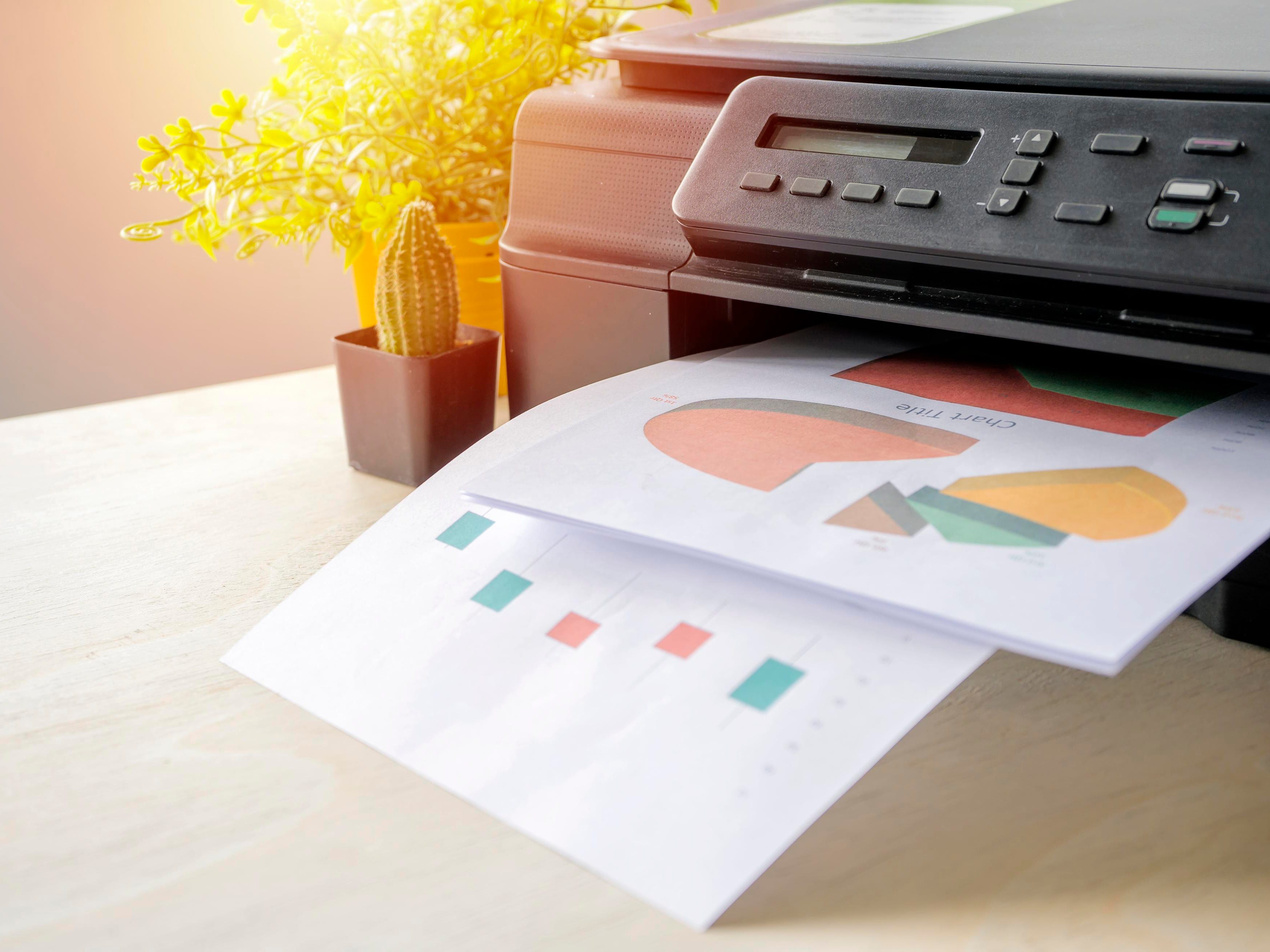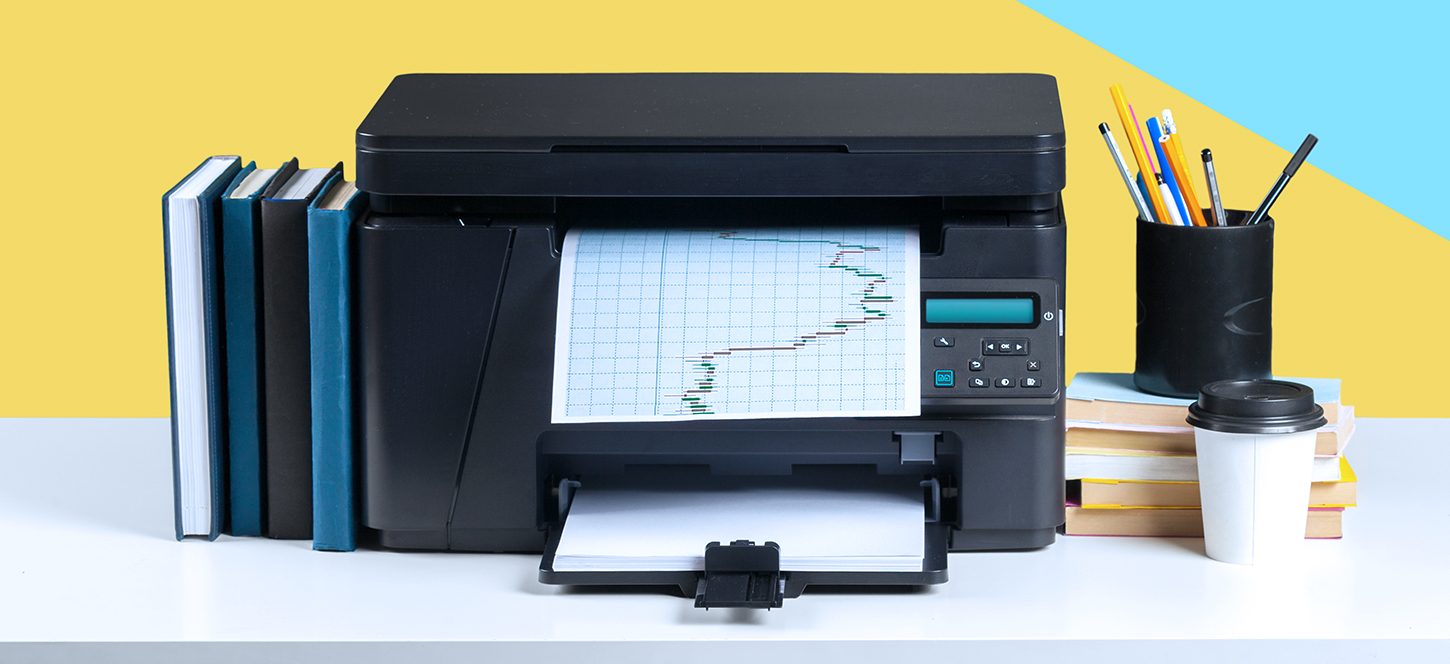The
need for a home / office printer has increased as more of us are working or
schooling from home. You could be a parent who needs to print out workbooks for
your child. Or you may find that it’s easier to make notes on a business report
using a pen or pencil rather than a keyboard. Or you’ve suddenly discovered
that a government office is demanding that you snail mail a form to them. Or
you’re tired of trekking to your local office supply store for printing out
occasional forms.
Whatever
the reason, if you find yourself in need of a printer, it’s not difficult to
find one. Printers have not changed a lot over the past few years; they’ve just
become more efficient and less expensive. You will still be choosing between
laser and inkjet printers, colour and black-ink-only printers, and print-only
and multifunction devices. Because of all these decisions to make, it’s a good
idea to figure out what you want before you click “buy” at your favorite
shopping site.
In
this article, we won’t be telling you which specific printer to buy. But we
will go through some of the choices you are going to be faced with and some of
the features you may want to make sure you’re getting, including inkjet versus
laser, multifunction versus single function, and how to decide what to buy and
where to buy it.

INKJET VERSUS LASER PRINTERS
If
you haven’t bought a printer lately — or if you haven’t needed a printer until
now — you may want a quick refresher on the difference between inkjet and laser
printers. What follows is a vast simplification, but it will give you a general
idea of how they work.
INKJET
Inkjet
printers spray tiny droplets of liquid ink onto a page. There are several types
of inkjet delivery systems, but most consumer systems use separate ink
cartridges, each fitted with a printhead that separates the ink into the nearly
microscopic droplets. (Professional-level inkjets will usually have separate
printheads that can be replaced on their own.) Colours are created by combining
different coloured inks.
The
number of ink cartridges that a colour inkjet printer uses varies. The least
expensive printers usually use only two cartridges — one with black ink and one
that contains cyan, magenta, and yellow ink. Most lower- to medium-priced
inkjet printers offer four separate cartridges — cyan, magenta, yellow, and
black ink. More upscale printers will have a different black cartridge for
text; printers used by photographers or businesses will have a wider selection
of coloured inks.
But
even the least expensive inkjets can end up running into serious money. The
printer itself may not cost more than $50 or $100, but a single set of
cartridges can cost nearly as much. And because most colour inkjets will not
run at all if any one of the cartridges is out of ink (for example, you can’t
just print in black if the cyan cartridge runs out), you’ll need to replace any
spent cartridges. (We’ll deal more with ink costs later.)
There
are a few inkjet printers out there known as supertank printers, which have
refillable tanks that offer a lower cost per page than the traditional ink
cartridges. They are sold by a few manufacturers such as Brother, Canon, and
Epson, and could be a consideration if you plan to do a lot of colour printing.
LASER
These
devices use lasers to create static electricity on a rolling drum inside the
printer. The static electricity attracts toner (ink in the form of powder),
which is melted onto the paper.
While
toner cartridges initially cost more than ink cartridges, they also last far
longer than liquid ink; as a result, your cost per page will be less. Laser
printers also tend to initially cost more than inkjet printers — but they can
save money over the long term.
Laser
printers have several other advantages over inkjet printers — unless you need colour.
They are faster than inkjets (especially low-end inkjets, which can be very
slow), and the quality of their text printing is more precise (although current
inkjets are certainly precise enough to suit most documents).
Colour
laser printers are also more available than they used to be. However, they are
pricier, and unless they are professional-level printers, the colour will not
be as good as an equivalently priced colour inkjet.

SO WHICH SHOULD I BUY?
There
are several other factors to consider before purchasing a new printer. Here are
some questions to ask yourself while deciding what to buy.
WHAT AM I USING IT FOR?
One
way to decide whether to buy a laser or an inkjet printer is to look into what
you want to do with it. If colour is not important to you, then it’s a
no-brainer. A laser printer will be more cost-efficient and faster. But if you
want to print out your kids’ computer artwork in colour or print the occasional
photograph, then you’re probably in the market for an inkjet.
MULTIFUNCTION PRINTERS
If you see yourself working from home for the foreseeable future — or even if you don’t — you may want to consider a multifunction (also known as an all-in-one or AIO) printer. These devices don’t just print from your computer, but they allow you to scan existing documents and either copy them or save them as files. (Some also let you fax a scanned document, but since faxing has become much less necessary, this feature is quickly disappearing.) They are very handy for keeping the paperwork around your home to a minimum since you can save PDFs of most of your papers (especially the ones you’ve had sitting around for years) and then dispose of the actual hard copies.
Most
consumer-level multifunctions will let you copy anything up to an 8.5 x 11-inch
paper (popularly known as letter-sized), but you can also buy printers that
will let you handle an 8.5 x 14-inch (legal size) paper. If you see yourself
doing a lot of copying or scanning, you should look for a multifunction with an
automatic document feeder (usually referred to as an ADF) that lets you move a
number of pages through the system quickly.
INPUT AND OUTPUT TRAYS
Most
current printers work by pulling paper in from the front, running it around the
drum or roller, and then popping it out to the output tray. However, if you’re
printing on heavier stock, you don’t want to bend the paper; in that case, you
may want to look for a printer that has an input tray coming from the back of the
printer, so that the paper is pushed through on a straight line.
Some
printers also allow you to have more than one paper tray in front, letting you
choose different coloured paper, for example, or having one tray hold
letter-sized paper and the other legal-sized.
You
also want to know how many sheets of paper your input and output trays are
capable of holding. If you plan to, say, print out a 200-page manuscript, you
don’t want an output tray that can only handle 50 pages, or you could find 150
of your pages strewn over your floor.
PRICE PER PAGE
Without
a doubt, the biggest expense for a printer isn’t the printer itself or even the
paper — it’s the ink. There is a way to figure out how much a printer will cost
you over the long term: calculate the cost per page by dividing the price of an
ink cartridge by the cartridge’s page yield, or the number of pages you’re
expected to get out of each cartridge.
You
can usually find the page yield among the stats published by the printer’s
manufacturer. For example, take two multifunction printers from the same
manufacturer, one a colour inkjet and one a black-only laser printer.
There
are, of course, a lot of “ifs” here. For example, when you’re looking at
lower-cost printers, some major printer manufacturers don’t publish the page
yield. In addition, even when the page yield is available, you have to keep in
mind that it’s being offered by the manufacturer — so the number of pages you
get per cartridge is usually optimistic. Still, this can give you a fair idea
of what you’re facing.